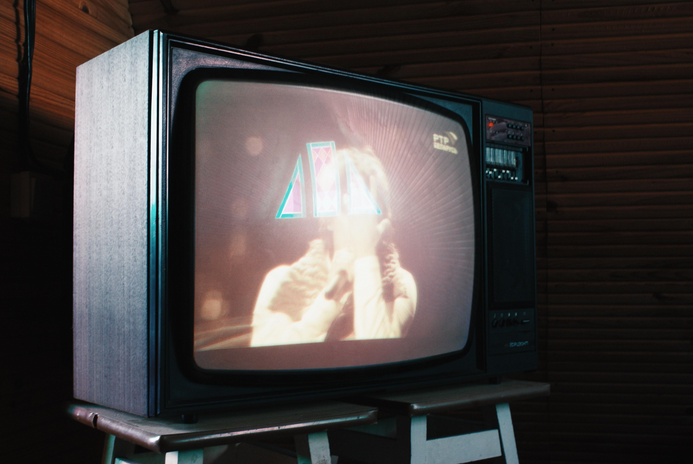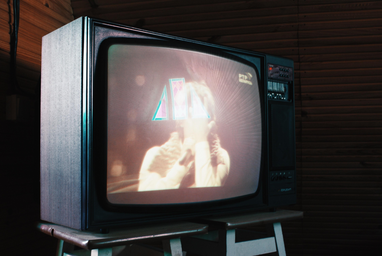Edited by: Gauri Bhatiya
Cinema as a medium has immense potential for engaging with critical issues prevalent in a certain society. It can either be used as a medium of reflection or criticism, or as a vehicle to channel the underlying interests of the people that control it, either subtly or overtly. India is home to the world’s biggest film industry, Bollywood. This country’s cinematic landscape is also dotted with innumerable regional production houses, the scale of which is unquantifiable. Because of this, one can only hope that diverse sections of society are represented behind every production, regardless of its scale. Unfortunately, that does not seem to be the case.
Since its inception, the portrayal of caste as a social reality has been essential to Indian films. However, like all industries in India, the film industry is not impervious to caste hegemony. The underlying social definition of Bollywood movies have time and time again proved that its upper-caste narrative is unwavering. Early Bollywood and regional films were dominated by upper-caste themes, and that has since hardly changed. They tend to be more concerned with moral and spiritual problems, rather than the actual realities of caste, which was scarcely touched upon.
DBA Characters: Always Neglected
The decade after India’s independence surprisingly saw a few productions that were inclined to a people’s narrative under the influence of a largely socio-political and cultural climate. Films like Awara (1951) and Kala Bazaar (1960) displayed common aspirations and struggles. The few instances where caste was invoked in this decade was to support the reformist aspirations of the ruling classes. As a result, the ‘commoner’ character belonging to an “impoverished” background in popular Hindi movies was abstracted from caste issues. This can be seen in contemporary films as well. When caste is portrayed, it is usually in a rural setting. Cinematic portrayals of daily lives of individuals from the DBA (Dalit, Bahujan, Adivasi) community are predominantly neglected. Instead, it is rather a depiction of class position. Moreover, contemporary films either evade the existence of caste in urban societies or deny it all together.
Dilip Mandal, author of books touching upon the themes of sociology and media, has this to say about caste representation in popular media: “Even under the lens of filmmakers whose work revolved around socio-political conditions, which came to be known as the new wave or parallel cinema, where the Dalit protagonists continued to play a subjugated role (Damul, 1985); or were portrayed as impaired, alcoholic and poor who toiled for their upper caste landlords (Ankur, 1974).” It also does not help that typical Indian male heroes belonged to dominant classes, perpetuating the idea that dominant classes embody certain honorable characteristics. The silver screen was heavily oriented towards Brahmanic values and traditions. As India slowly inched towards globalization and modernity, the big screen held up a mirror to the changing values and social relations. The later half of the 20th century saw a different type of hero. He was global, stylish, rich, and most importantly, a member of the dominant class. Caste was completely obscured from the narrative; it became easier to deny its existence and relegate it to the mere category of a ‘social evil’. This foretold a growing disconnect between the media and the fundamental realities of Indian society.
Represented, but Never in Power
When there is Dalit representation, their ideological and moral traits reflect Gandhi’s vision of the ‘Harijan,’ that is, dependent (Sujata, 1959), subservient (Damul, 1985), and compatible with the ethics of socio-cultural Brahmanical norms (Lagaan, 2001). The Dalit movement, which has had a significant influence on socio-political upheaval and generated a powerful autonomous ‘Political Dalit’, has practically no representational story available in mainstream Bollywood films. Moreover, inter-caste relationships are typically portrayed as a tragic romance, mostly to appease the upper-caste demand for a Hollywood-esque romantic tragedy. Of course, prejudice hinders inter-caste relationships in real life, but films should strive to normalise these unions to combat the very real suffering that inter-caste couples go through in India.
The conversation around caste in mainstream cinema has been framed in such a manner that it solely embodies the Brahmanic gaze. If there is even a conversation, it revolves around the “Brahmin savior” trope, further robbing individuals from DBA communities of agency. This reinforces the notion that DBA individuals are passive receivers of injustice, unable to critically participate within the social structures they are situated in, taking the movement back a hundred years.
Most Bollywood producers and filmmakers appear to be under the impression that Indian moviegoers desire to see exclusively upper-caste characters on the big screens in Bollywood films. Instead of repeating dull stories centred on Savarnas, the Hindi cinema industry has to respond to India’s socio-cultural variety in its narrative composition. Strong and positive representation in the media not only erodes barriers, but it also has the power to portray fully fleshed-out characters that knock down stereotypes through their existence alone. Film, especially in a country like India that boasts a rich tradition of performing arts, should not be relegated to only one sphere of society. The current trends of representation that exists for marginalised communities are presented in extremely inhuman frameworks, and it is time for that to change.

